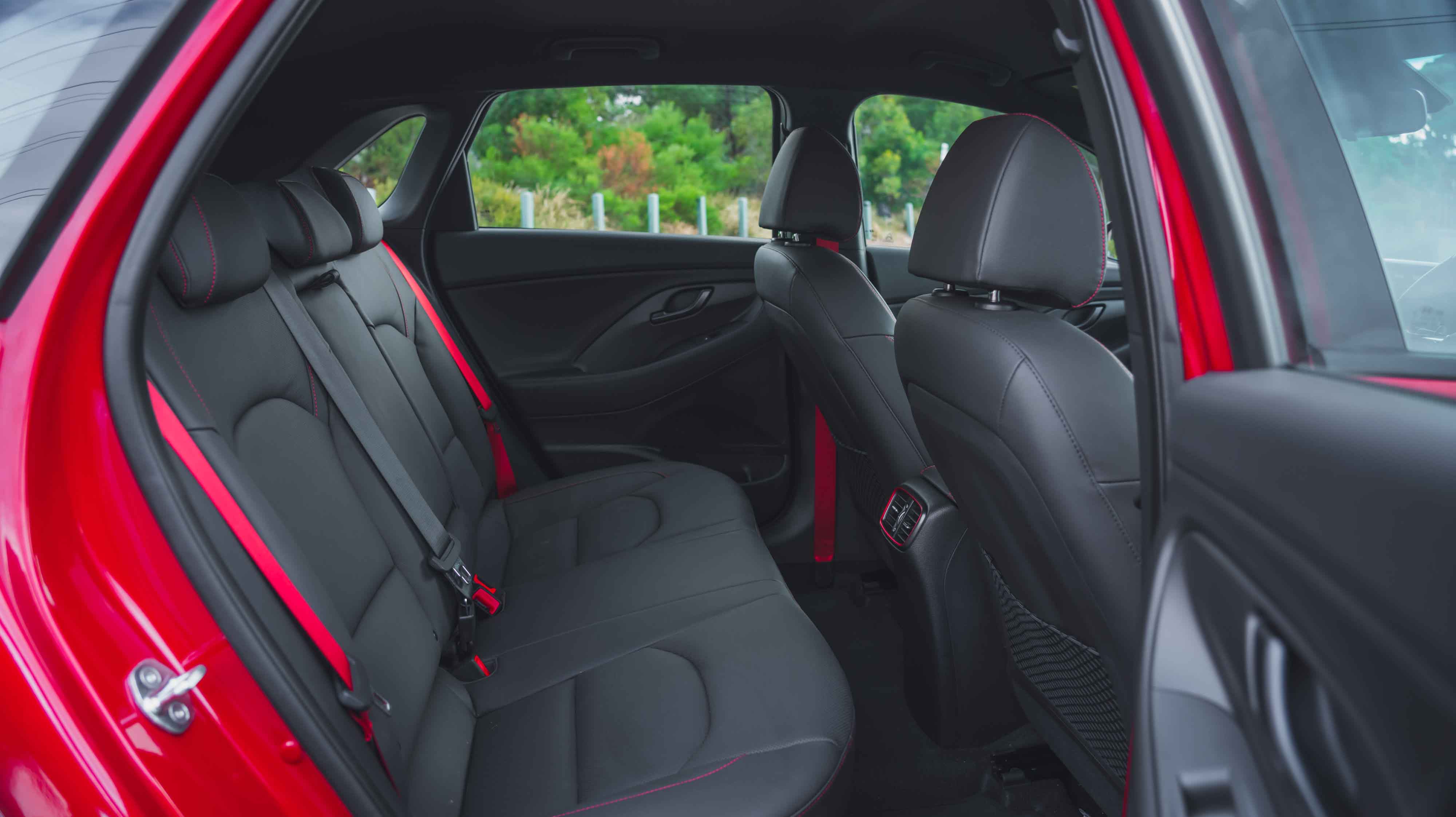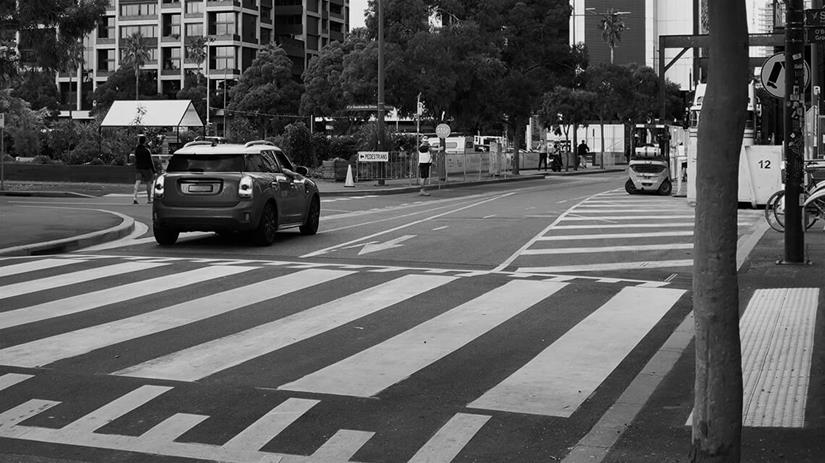We’ve teamed up with the experts at CarAdvice to bring you honest, no holds barred reviews of some of Australia’s most popular vehicles. Here’s what they had to say.
"It might be the entry point into Hyundai's top-selling hatch model, but rest assured you're still getting plenty of kit for your money…"
Base models used to be stripped-out shells of a model designed by frugal marketing departments to provide the manufacturer with still-decent margins, while offering the buyer a rock-bottom entry level into the brand. This all in the hope that they might add an option or two to the sales contract once in the dealership to make it all worthwhile.
But that game appears to be long gone. Now it’s a sales race. Take the Hyundai i30 Go – a new entry point into the highly popular small hatch model designed as a tempting value-for-money proposition for those on a budget.
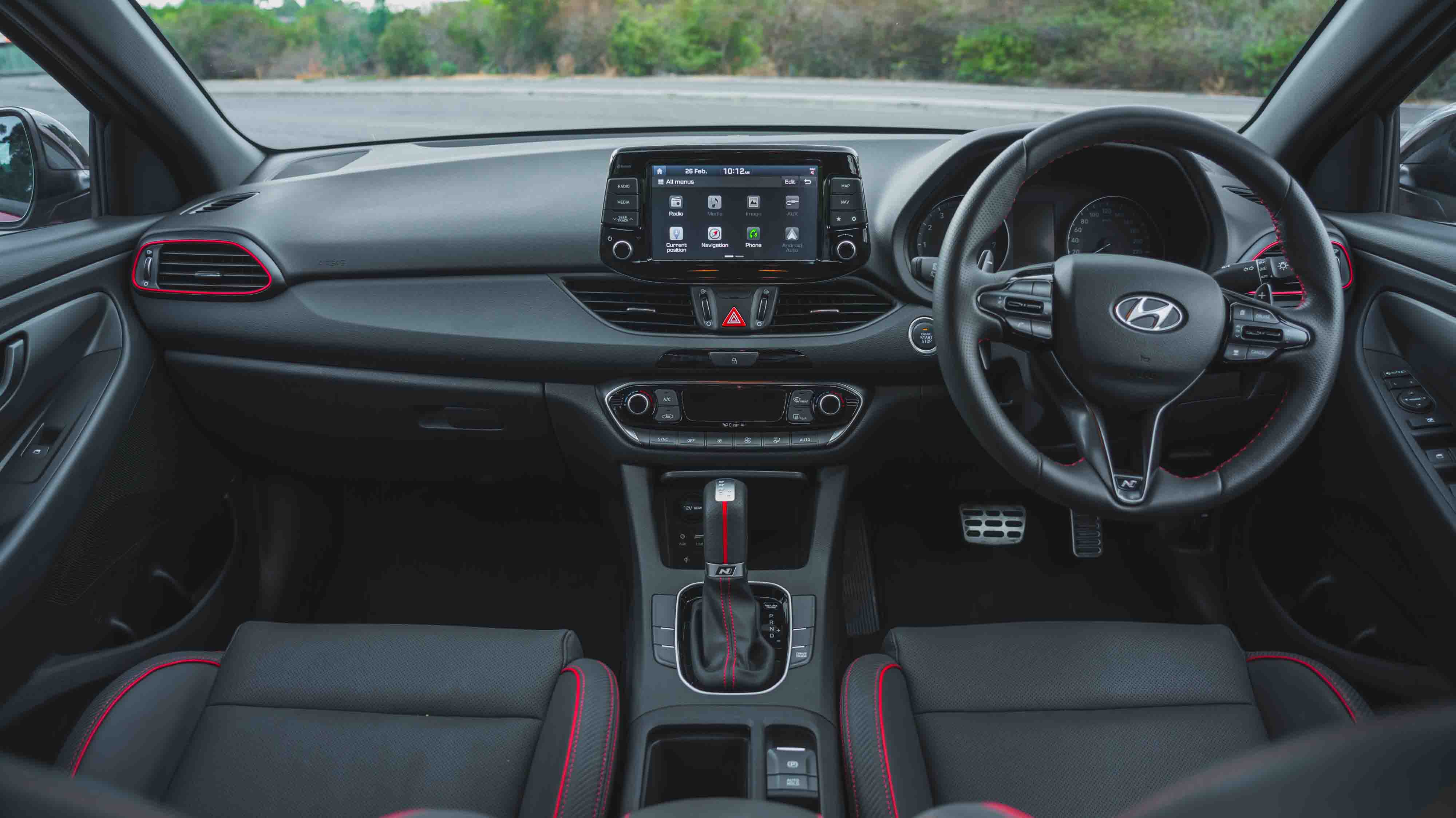
What the i30 delivers:
- Good looks - inside and out
- Plenty of kit
- Stylish cabin
- Excellent ride
- Decent handling
- Boot space with full-size spare
- Above average audio system
- Easy-to-use infotainment system
But misses here:
- Not exactly an exciting engine
- Plastic steering wheel feels terrible
- No Sat-Nav
- No rear air-vents or USB port
Priced from $19,990 plus on-road costs, the i30 Go works out to be just over a thousand bucks less than the equivalent Active model, but you’ll need to be comfortable with minimal grunt under the bonnet and a six-speed manual transmission.
For those buyers who need an automatic with their budget-buy hatch, be prepared to add another $2300 to the price, but you still get the same naturally aspirated 120kW/203Nm 2.0-litre petrol engine, yet mated to a six-speed auto transmission.
And for those buyers who intend to rack up plenty of kays throughout the year, there’s a more frugal 1.6-litre 100kW/280Nm diesel option available, this time mated to Hyundai’s in-house seven-speed dual-clutch transmission for $24,990, or the same six-speed manual for $22,490 plus on-roads.
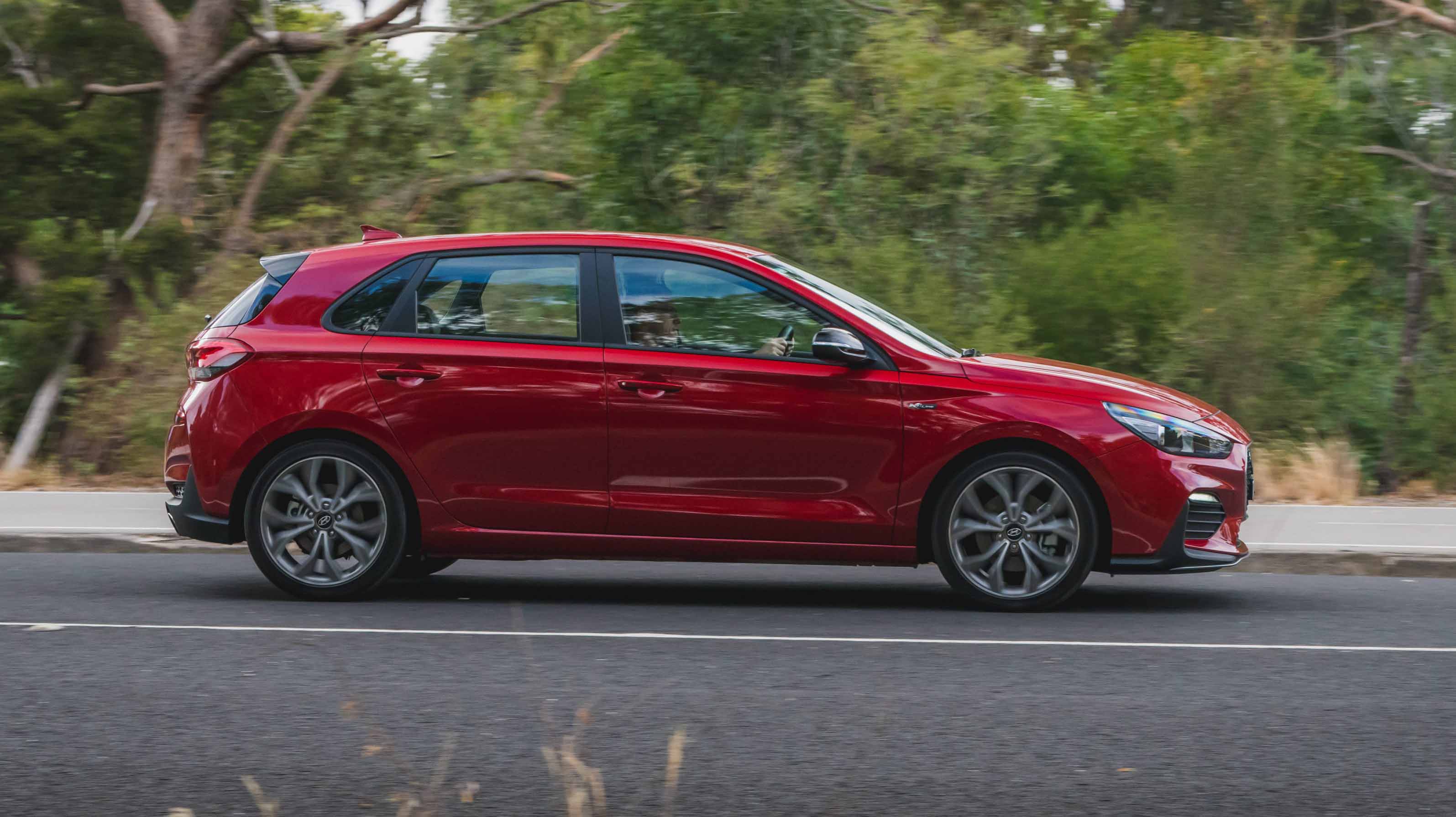
We sampled the petrol/auto variant, and other than the giveaway fabric seats (more comfortable than leather to be honest) and rather ordinary plastic-rimmed steering wheel, there’s still plenty to like.
In fact, the i30 Go debuted with Hyundai’s new 8.0-inch tablet-style touchscreen featuring Apple CarPlay and Android Auto connectivity, which means the absence of factory-fit sat-nav simply won’t be an issue, because you can just ask Siri to take you wherever you need to go.
You can also make phone calls, play music or podcasts and compose text messages on the go, simply by pressing the voice-control button on the steering wheel. Do people still use in-car sat-nav systems?
Regardless, this Go is a lot of car for the money, and it needs to be, especially with so many players in what is the most popular segment in the game. The so-called ‘small car’ segment accounts for almost 20 per cent of all vehicles sold in Australia, and with good reason.
In fact, the market is flushed with perennially successful models like the Ford Focus, Holden Astra, Honda Civic, Kia Cerato, Mazda 3, Subaru Impreza, Toyota Corolla and Volkswagen Golf. At least, those are the models that immediately come to mind, but for sure there are others in the mix.
However, the Hyundai i30 is also one of the newest models in the segment, though buyers should also look out for the new-generation Corolla.
Of course, all car companies need to cut costs somewhere when it comes to specially priced variants like the Go, and it generally starts with the alloy-style plastic wheel covers, though they’re not unattractive. Another obvious sign is the fact that your remote key fob is actually equipped with a key – and you’ll need to use that in the old-school key barrel, as there’s no push-button start here.
And while the seats may be all fabric, they’re properly bolstered and generally well cushioned pews. We also like them for the fact that you won’t burn your butt in the scorching Aussie summer.
Pop the hatch and there’s loads of luggage space, at least for this segment. In fact, measuring 395 litres it's only trumped by the Honda Civic with its best-in-class 414 litres. It’s deeper than most too, while under the floor you’ll also find a full-size spare, a feature shared only with its sister car, the Kia Cerato.
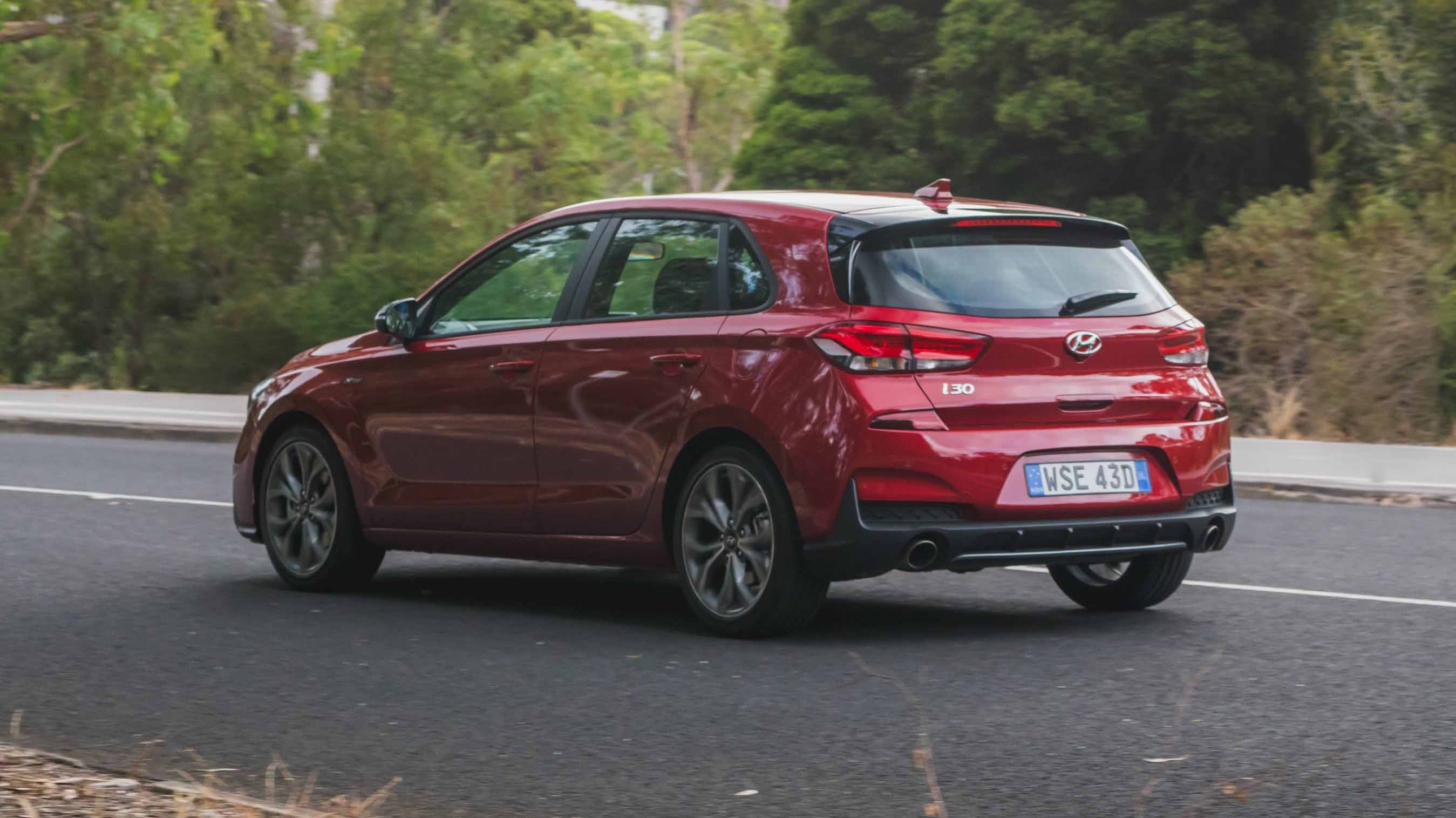
The 60/40 split-fold rear seats go almost dead flat, but the rather large lip separating the boot from the seats could prove cumbersome if carrying longer objects, though fine for boxes.
Rear seat passengers won’t be uncomfortable back there with decent head and leg room (there’s room to tuck large boots under the front chairs) and even some bolster. There’s also very little in the way of a transmission tunnel hump too, but just don’t expect to cram three passengers in there.
However, there isn’t much else back there – like no air vents, no centre armrest or even a single USB port. We’d put that down to more cost-cutting rather than an oversight by the product guy.
Plenty of in-cabin storage, though, with good-size bottle holders in all doors, as well as plenty of cubby holes up front. There’s a USB port (only one), two 12V sockets and enough metallic accents and piano-black plastic to give it a decent look and feel.
Hyundai i30 owner Joshua recently submitted an owner review on CarAdvice and also sang the praises of the i30’s practical interior; “As far as space and practicality go, it is near the top of the competition. The boot is 395L, and there is plenty of storage space, such as in the doors and around the centre console, to hold things like your phone, wallet, keys, water bottle etc. For its class, there is also considerable room for rear passengers, but like most hatchbacks, if you are a tall driver, adult passengers will struggle for space and comfort.”
The pièce de résistance, though, is the large centrally mounted floating touchscreen infotainment tablet, which is easy to use first time out and importantly includes Apple CarPlay and Android Auto. The audio system is pretty darn good too, though we can’t tell you what brand it is.
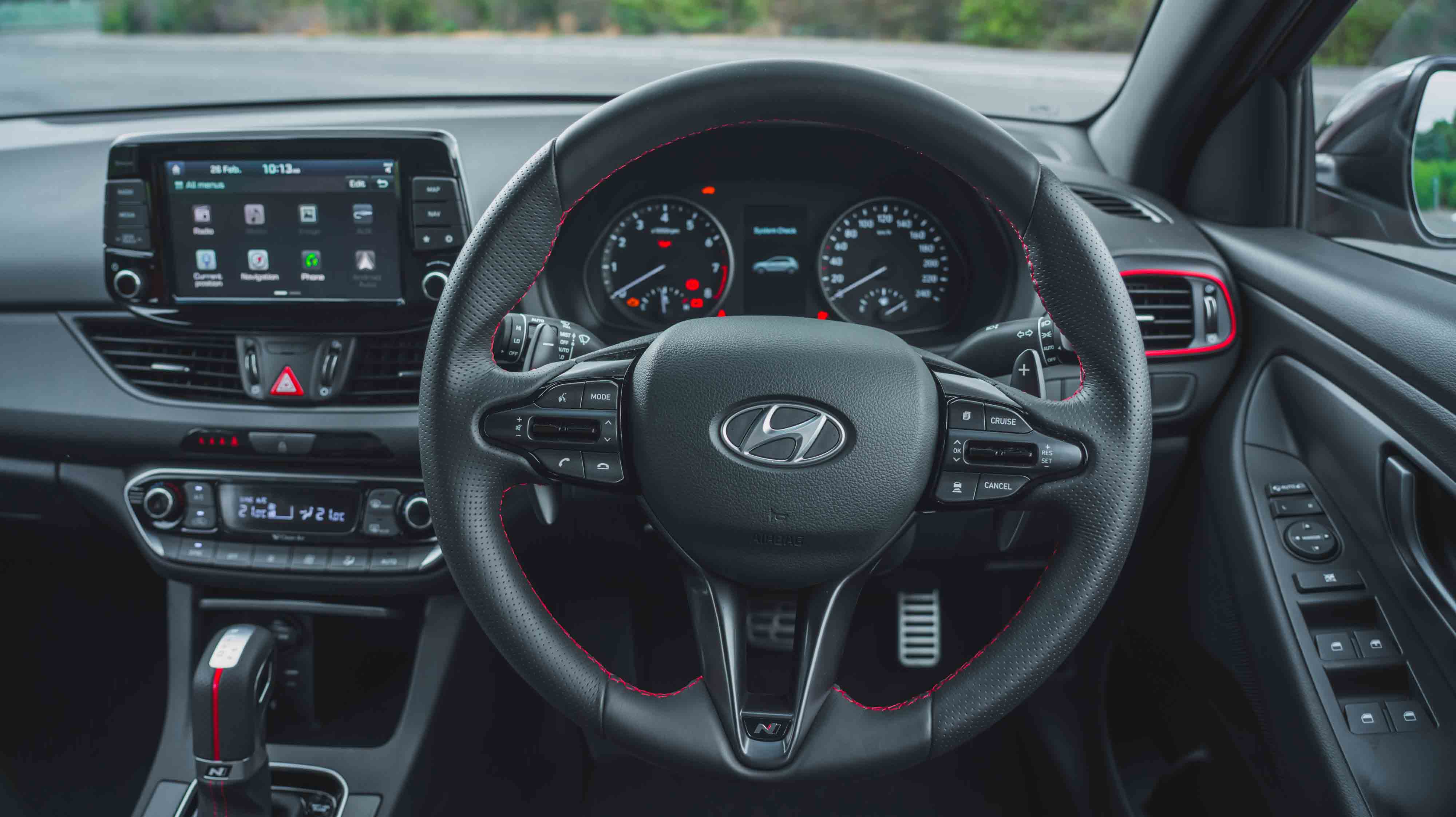
It goes okay, too, but armed with 120kW and 203Nm, just don’t expect any fireworks or any real ‘Go’, at least from idle. Once on the move, though, it’s got sufficient power to move you along comfortably at highway speeds.
There’s a drive-mode button offering Eco, Normal and Sport settings, but don’t bother with the latter, unless you’re ready for an angry scream of disapproval much like one of those NutriBullet juice blenders at full noise.
Better to just leave it in Drive and enjoy the thoroughly comfortable ride in this i30. Not even those nasty big speed bumps or broken road were enough to upset the car, though it can be a tad floaty at speed across undulating B-roads.
The i30 Go is a solid all-round package that provides comfortable transport for a family of four, with enough kit and style as to feel a little bit special for those on a budget.
Despite the budget-price tag, i30 Go buyers still get Hyundai's Lifetime Service Plan that includes four services capped at $259 (48 months/60K jumps to $359), five-year unlimited km warranty, complimentary Roadside Assist for 12 months and 1500 km complimentary first service.
The above is not lost on the market, with Hyundai owner Aleks telling us in his recent CarAdvice reader review that: “Honestly, I’m blown away by the ownership preposition of this vehicle. Looking at the Golf’s service requirements, it immediately put it off my shopping list, not to mention the fact I hate the company, short warranty and questionable reliability, and premium fuel on top of it all.
“Although I’m not in love with this car for its looks, I am in love with this car for the peace of mind it provides me. It does everything I need it to do exceptionally well. If you’ve been thinking of buying one, I couldn’t recommend it highly enough.”
Another CarAdvice reader and Hyundai i30 SR owner Blake Currull sums up where Hyundai has come from and where they are headed perfectly; “In 20 years, this plucky little car company from Korea has gone from a maker of cheap and cheerful vehicles you may have been a little embarrassed to own, to a fully-fledged market leader in their segment. No longer does the H badge on the front grille mean you’re in a lesser vehicle, the Hyundai i30 SR especially, is a premium, luxurious, sporty warm hatchback that can more than match it with its European benchmarks.”
